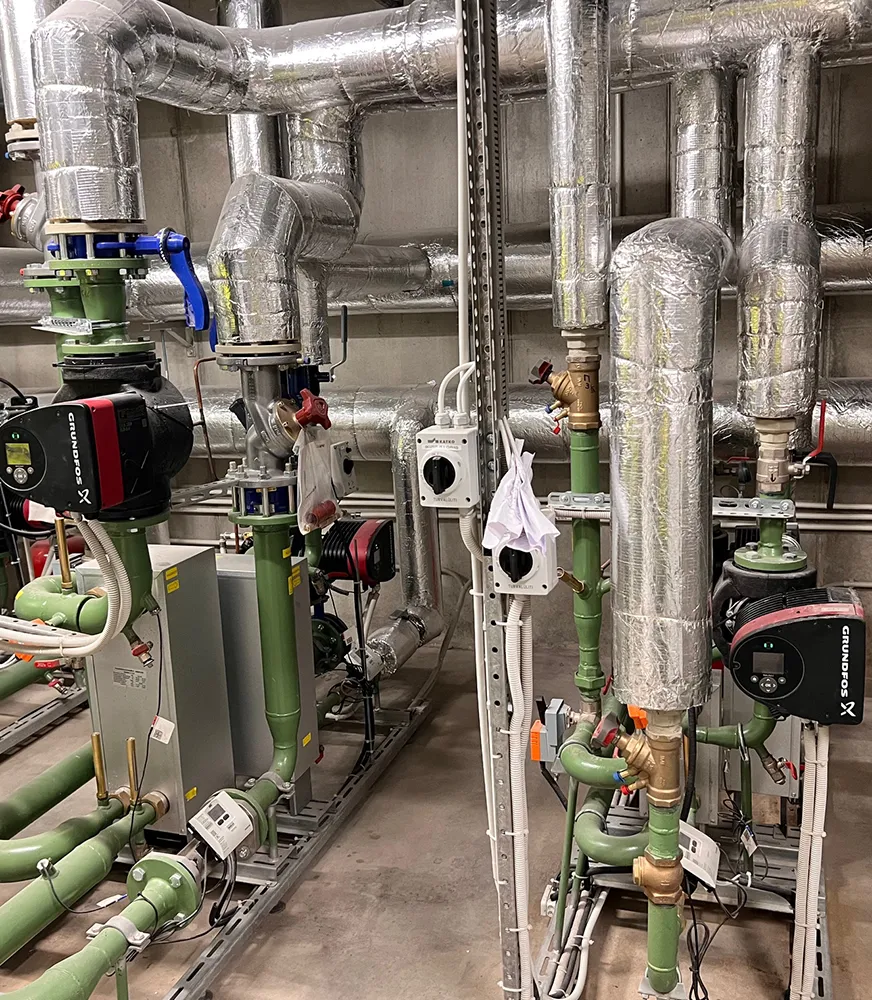Renovation of Heating Systems

The renovation of heating systems is a crucial process aimed at improving the system’s efficiency, reliability, and energy consumption. It can involve various stages of work, starting with the removal of old components and ending with the installation of new and energy-efficient solutions.
During the renovation process, the following steps are performed:
1. System Assessment and Planning:
- Thorough evaluation of the existing heating system.
- Determining the needs and goals of the renovation.
- Developing an appropriate renovation plan and project.
2. Dismantling Old Components:
- Removing old boilers, pipes, radiators, and other components.
- Proper disposal of old materials and equipment.
3. Installation of New Devices and Components:
- Installing new and energy-efficient boilers, radiators, heat pumps, and other devices.
- Installing and connecting new pipelines and valves.
- Installing and configuring new heat units if necessary.
4. System Automation and Control:
- Installing modern control and automation systems.
- Configuring an intelligent control system to ensure efficient energy use and comfort.
5. System Testing and Adjustment:
- Thorough testing of the entire system to ensure it is leak-proof and operates smoothly.
- Fine-tuning and adjusting the system to achieve optimal performance.
6. Final Inspection and Handover:
- Final system inspection and documentation.
- Training the client and providing instructions on system operation.
The renovation of heating systems can significantly improve a building’s energy efficiency, reduce energy costs, and ensure a comfortable indoor climate. Renovation also helps extend the system’s lifespan and reduce environmental impacts.

